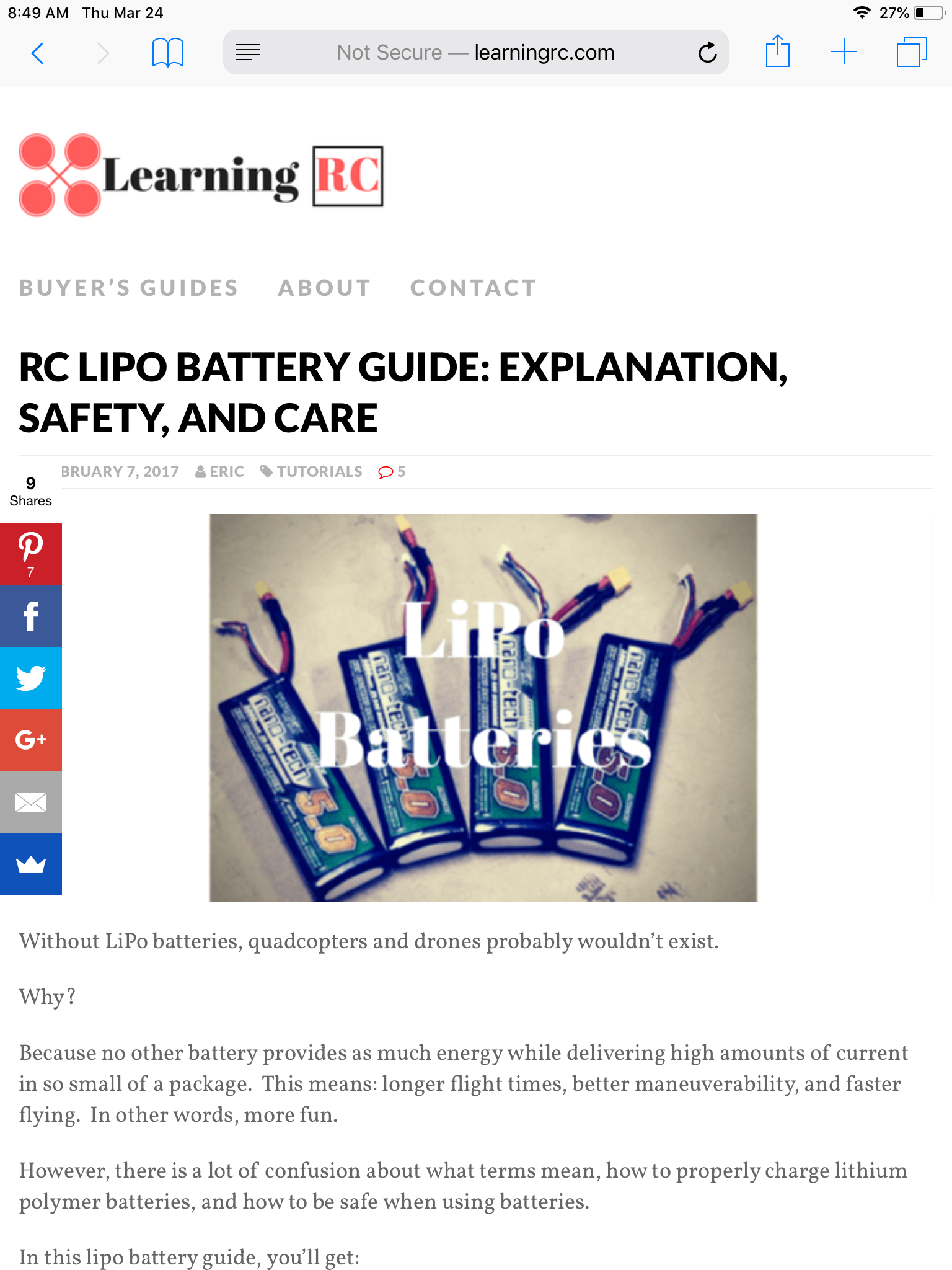AK,
The drop down from high ohms to low occurs fairly rapidly as I do your dvm test. At about 6k in increasing light the leds start to dim but very quickly, if the light increases just a bit, the ohms drop further to 3k or less and leds are off. It happens in a blink. The simulation is pretty accurate for my setup. BTW, I use a discrete resistor to represent the CsD sensor in the simulator because of the idiosyncratic app I use that limits the low end manual potentiometer slider to 1%. Since on my sensor, that is 1% of 1 meg, or 10k, the simulation doesn’t work since I can’t slide the pot to my 6k threshold. Probably a way around that, but even though it doesn’t show a variable resistor, the app still has a slide you don’t see that lets me set ohms for each light sensor situation .
Audioguru,
You are right. Old transistor. I never throw anything away and the 2N2907 could be as old as 50 years when I started with my first EE job. This morning was dark and dreary. The patio led project jar light was strong past its 7 am normal off time. I watched it while eating breakfast and even though it was still dark and raining at 740am the dim morning light seemed to snap off the leds. One moment they were on and the next time I looked up from my plate, they were off. I’ll consider what you recommend, but it seems to work great. I’ll take voltage readings each day and report back here when I reach that low voltage limit I was warned about above. So far, about 55 hours over 5 nights, maybe >1600maH.
A note on effective light. Late last night, I noticed a cast of light on my 2nd floor bedroom ceiling coming from my contraption, strong enough to make hand-puppet movement in its shadow, all from three 8ma white leds.
Thanks.

